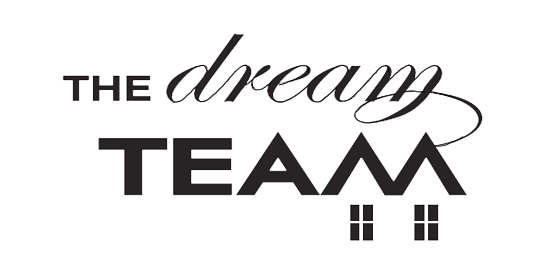Stitching the Safety Net
Creating a 200-foot representation of what a strong social safety net looks like.
Postcard Campaign
Presenting over 6000 postcards to politicians to advocate for more supportive housing in Toronto.
Human Rights Case
Filing applications at the Human Rights Tribunal for discriminatory bylaws in four municipalities.
Right to Housing (R2H)
Battling provincial and federal government to create a “right to housing” policy across Canada.
Stitching the Safety Net
Psychiatric system consumer/survivors and others who live in poverty, along with those who stand in solidarity with us, are taking action to create a vision for a stronger social safety net. The current one is unraveling before our eyes—with massive cuts to health, social services, housing, education, daycare, etc. Together, we are stitching our own social safety net, to show the Ontario Government how it should be repaired. We have held workshops across the province, where participants share their experiences with the safety net, learn about cuts to social programs, and make their own squares of the safety net. We stitched over 600 squares together into a collaborative art piece: a 200-foot physical representation of what a strong social safety net looks like. Get in touch for us to bring it to your group/organization.
Postcard Campaign
The Dream Team organized and promoted two postcard campaigns to “increase the supply of affordable and supportive housing across Ontario so that people facing mental illness can rebuild their lives and contribute to society.” We collected 2000 signatures in the first campaign and 4,000 in the second campaign, presented to the Liberal and the NDP caucuses, and were emphatically supported by George Smitherman and Marilyn Churley. This inspired David Miller to declare February 27 “Supporting Housing Day.” Nine days after our second press conference at Queen’s Park, the three levels of government announced the Affordable Housing Agreement, which identified supportive housing as one of the two specific target groups to receive more funding.


